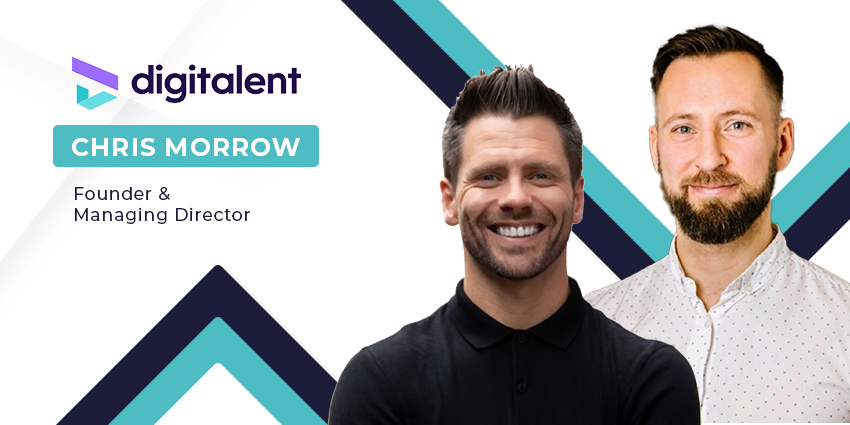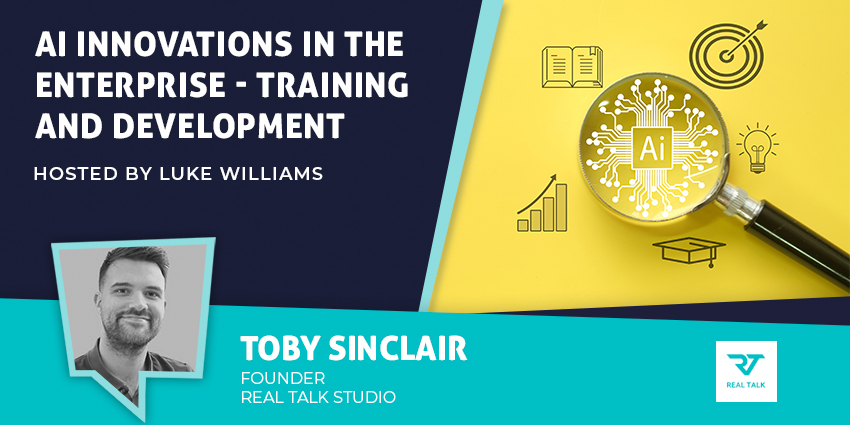Building an Enterprise AI Team: Insights from a Specialist Recruiter
In today’s rapidly evolving AI landscape, finding and retaining specialized AI professionals remains one of the biggest challenges organizations face in 2025. As companies transition from AI experimentation to implementation, the competition for top talent has intensified across global markets.
Chris Morrow, founder and Managing Director of Digitalent, an executive search business specializing exclusively in AI and machine learning talent across the UK, USA, and Australia, brings valuable insights from nearly eight years of helping companies build their AI teams.
Common Misconceptions When Building AI Teams
One of the primary misconceptions companies have when starting their AI journey is believing that a single AI specialist can solve all their problems:
It’s more often than not a massive team effort and it includes the data aspect. It includes infrastructure, includes model deployment as well as business integration. Some companies maybe don’t actually fully appreciate that when they set out on their journey to build an AI team within their organization.
Another critical challenge is the varied understanding of what AI actually means among organizational leaders. According to Chris:
Some people really understand it. Some leaders just don’t and they haven’t even used ChatGPT or Claude or any of those tools. Some of them want like deep learning in their organization. Others just really want smart automation and they don’t really know what the difference is.
Attracting Top AI Talent: Beyond Compensation
For companies looking to build effective AI teams, articulating a clear AI strategy and vision is crucial. Chris emphasizes this point:
At the leadership level you have to be able to demonstrate that you understand the strategy, the roadmap, where the company wants to go and why it wants to go there as far as AI is concerned. It’s not that appealing when companies say, ‘We’re going to give it a go. We don’t really have a strategy. We don’t know how much we’re going to spend. We don’t know what the team’s going to look like, but do you fancy joining us?’ There’s a lot of candidates out there who would just be repelled by that.
Companies need to differentiate their offerings based on their size and structure. Startups may appeal to candidates seeking autonomy and diverse experiences, while larger organizations might attract talent with resources, scale, and stability.
Integration Challenges: Culture, Communication, and Infrastructure
Once AI professionals are hired, companies often struggle with integration. Chris identifies several common issues:
Cultural integration is one challenge. AI folks sometimes have a bit of a research mindset if they’ve come from academia. Whereas traditional teams, especially from a software development perspective, are used to working and expect quite quick delivery and turnarounds, especially if they’re working as part of an agile cross-functional development team. That can sometimes be a challenge from a cultural perspective.
Communication gaps between AI teams and business units can also lead to problems. Chris warns:
What we see sometimes is when AI teams aren’t aligned with the product that’s being built or with the business, and the communication is sometimes lacking, that can be a major disaster waiting to happen.
This mirrors findings from industry reports showing that around 42% of enterprise leaders think AI adoption is tearing teams apart, with some millennial and Gen Z employees even admitting to undermining or sabotaging adoption attempts.
Infrastructure readiness is another critical factor companies often underestimate:
Companies quite often underestimate how much is needed to support AI work and how long that will last. People think it’s like ‘oh you just do it once and then that’s it.’ No, it’s actually an ongoing thing which can obviously be quite expensive when you start digging into it.
Regional Differences in AI Talent Markets
Digitalent’s global reach has provided Chriswith unique insights into regional variations in AI talent markets. The US market is considerably more mature than others, with stronger venture funding leading to more aggressive hiring practices. The UK has strong research roots through institutions like DeepMind and prestigious universities but is slower to commercialize AI innovations.
Australia represents an emerging market, heavily dependent on immigration and primarily focused on applied AI and data science. Remote work has somewhat smoothed these differences, with Morrow noting a trend of “Brit shoring” where US companies hire UK talent due to cost advantages.
Future AI Roles and Specializations
Looking ahead to 2026 and beyond, Chris identifies several emerging roles that forward-thinking companies should prepare for:
I think AI ops and ML engineering are going to be crucial in the future, mainly for getting models into production and being able to monitor them successfully. A lot of companies don’t have any MLOps set up at all.
He also highlights the evolving role of prompt engineers, particularly in the US market, and how these positions might transition into “AI UX roles” focused on designing human-AI interactions—a completely different skill set compared to traditional user experience design.
Building for Success
As enterprise adoption of AI continues to accelerate, organizations that understand both the technical and human aspects of building AI teams will gain significant competitive advantages. Success requires more than just technical expertise – it demands clear vision, effective communication, appropriate infrastructure, and a culture that can bridge the gap between traditional and AI-focused ways of working.
By addressing these challenges proactively and understanding the evolving AI talent landscape, enterprise leaders can build teams capable of delivering on AI’s transformative potential.








